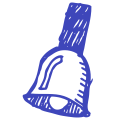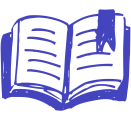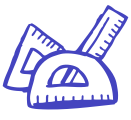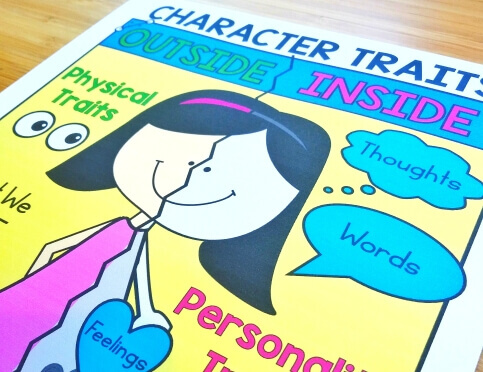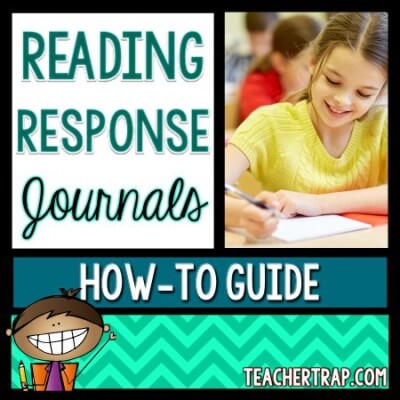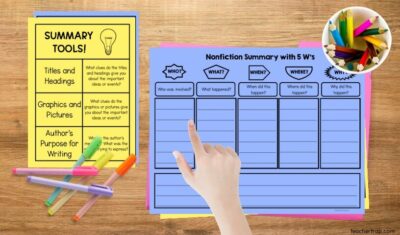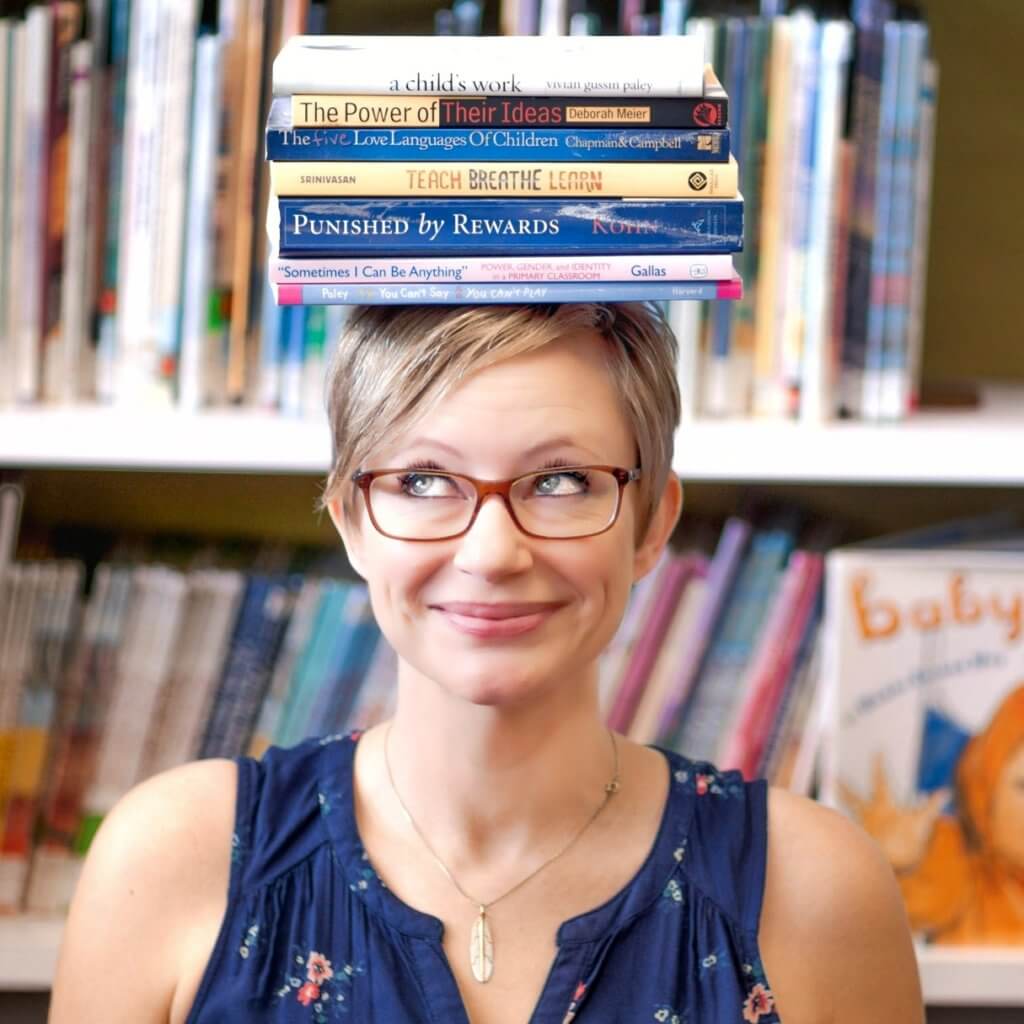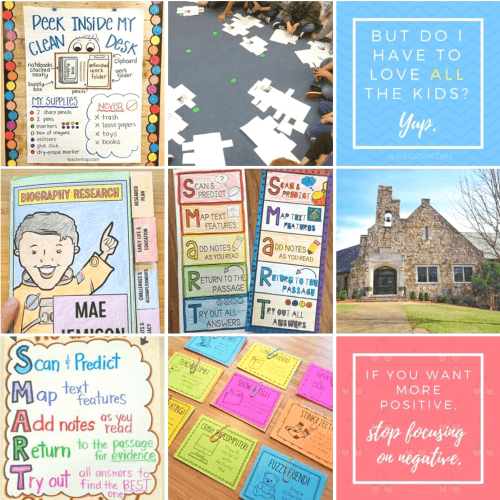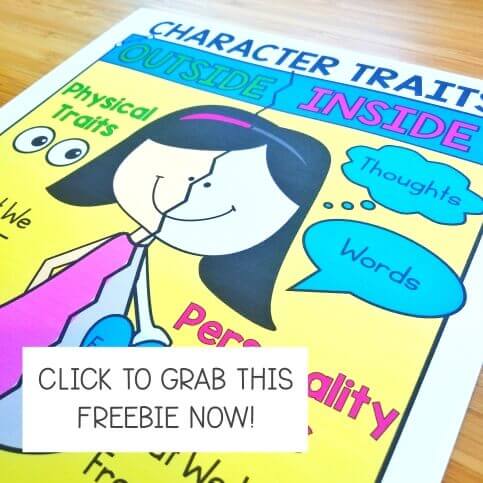Independent Reading, also know as DEAR, Read to Self, Read On Your Own, or Self-Selected Reading Time, is an essential part of every school day. With some simple planning and focused instruction, independent reading time can also be one of the most POWERFUL parts of every school day.
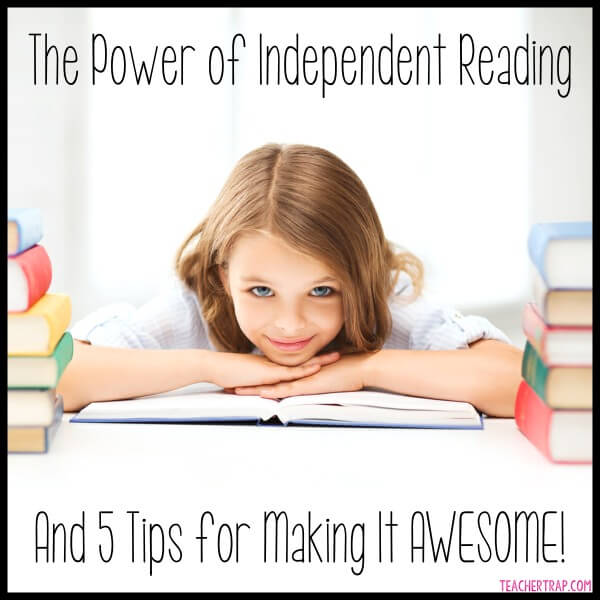
Nancie Atwell has an amazing book called The Reading Zone that illustrates the benefits of daily, independent reading time and the importance of students getting lost in “the reading zone.” She argues that to become great readers, kids need a lot of time to just read! (Crazy, right?) 🙂
As a child, I don’t ever remember being taught to word-solve or being taught comprehension strategies. What I remember is getting lost in the world of a great book. When I read The Lion, the Witch, and the Wardrobe, I was there in Narnia with Peter and Lucy. When I read Tales of a Fourth Grade Nothing, I finally felt what it was like to have a little brother. And because I wanted to go back to these worlds, I kept reading. The “reading zone” was a real place for me. Even without comprehension instruction, I grew into an extremely fluent and critical reader.
Reading comprehension instruction is an important part of growing those competent readers, of course, but allowing students time to get lost in their reading plays an important role, as well. Every single day, I provide students with a MINIMUM of 15 to 30 minutes of independent reading time. That means that for that chunk of time, the goal is to simply read and get lost in a great book. I teach students how to do this and work it into my READ Rotations once students have mastered the routine. (You can read more about how I organize my Reading Block here.)
What Works (and Doesn’t) With Independent Reading
When I was working as an Instructional Coach, I had the opportunity to observe independent reading in many classrooms. It was interesting to see that in some rooms, kids LOVED their quiet reading time, while in other rooms, the kids looked bored or distracted. In all the classrooms where the kids weren’t engaged, I noticed one of two things:
1. The kids were allowed to choose ANY books for independent reading.
or
2. The kids had almost NO CHOICE in their books for independent reading.
In classrooms where the kids were allowed to choose ANY books, the kids were always taught strategies for book selection such as choosing “just-right” books or “good fit” books. Unfortunately, again and again, I’d sit down to read with a child and find they had chosen books much too easy or much too difficult. The higher readers would have a stack of simple texts and get bored. The lower readers wanted the fat chapter books, but really couldn’t comprehend, so grew frustrated. I absolutely agree with teaching kids strategies for choosing books, but maybe independent reading time isn’t the best place for practicing these strategies.
In the second type of classroom, where kids had almost NO CHOICE, students were often reading leveled books and books from the school’s Guided Reading collection. Unfortunately, these type of books are often lacking in plot and character development, and may have bland topics. In the place of “real books” they were reading texts written to reinforce certain sight words, highlight a certain spelling pattern, or maybe to teach a certain story element. The books were just… boring.
So here are my five tips for making your independent reading time AWESOME and my solutions for those two extremes mentioned above:
1. Give CHOICE, but within limits.
I like to create “Book Choice Tubs” for independent reading time. The tubs include a collection of texts within certain levels. Students choose their independent reading books from the tub with their name on it. This allows me to provide some guidance, while still letting students self-select their books. (P.S. My kids must choose their books for the entire week on Monday morning to avoid wasted “shopping” time throughout the week. The last thing you want is kids wasting their reading time on selecting their new books.)
2. Offer REAL, quality texts.
Real books are stories written by real authors who LOVE to write. Real books have depth, developed characters, interesting plots, and unique topics. You can feel the author’s presence in a real book. Real books provide a rich landscape for making meaningful connections, uncovering new insights, and reflecting on author’s purpose.
If the author’s purpose for writing was to teach a child to read, you probably don’t have a REAL book in your hands.
3. Keep the choices FRESH.
The book tubs help me keep the students’ book choices fresh and new. As students trade out books they’ve read, others can then select those books. As students progress to higher reading levels, I change the names on tubs. The kids always have a varied and rich crop of books to choose from.
4. Don’t let the students focus on levels.
The book tubs help ME guide students in choosing books on the appropriate level, but I don’t label the tubs or books with levels. Especially for struggling readers, I find that kids get overly focused on levels, leading to poor book choice. Instead, I work to create book tubs that include a great selection of chapter books, high interest nonfiction, and picture books with rich vocabulary, all on an appropriate level for that group of students. And I encourage all students, even my highest readers, to include some picture books in their stack for the week!
(Tip: For many picture books, it’s difficult to find the level. I simply flip through and take a peek at the amount of challenging vocabulary and then go with my gut. It’s a very scientific process. Once you start doing this, it’s surprising to see how many picture books are actually quite challenging!)
5. Provide a time for reading WITHOUT LIMITS, too.
I love when students want to read more challenging books or books on specific topics. I would never tell a child that they aren’t allowed to read a certain book. But, I also don’t allow those books during independent reading time. Instead, I remind students of the different times in our day for free reading. Students can choose to read ANY books in the morning before the bell rings, during recess or lunch, in the school library, during Free Friday time, and at home.
Oh, and one more added bonus of using the book tubs: it’s much easier to keep the classroom library in order! My students use my class library for morning time free reading, for projects that require books by certain authors or on certain topics, and for genre studies. It saves me the hassle of setting up a complicated check-out system!
The book choice tubs have made all the difference in my class. The kids get so excited when they have their chance to “shop” for new books on Monday. I love listening in as they make book suggestions to their “tub mates” or get excited about a new book I’ve added. And I love observing the class during this time. There’s nothing better than a room full of kids engaged in reading great books!
[maxbutton id=”3″ ]
When to Change the Books: I trade out and add new books every few weeks, always making sure students have a great selection of choices. Also, as students change reading levels, I reorganize the names on the tubs, giving many students an entirely new set of books to choose from. I’ve found this system to be the easiest to maintain and the most beneficial for my readers.
Leveling Books: There’s no need to find the exact level for every single book you add to the tubs. Don’t stress about levels! Any reading teacher has learned how to scan a book and judge it’s general level. When I don’t know the level, I simply open up the books, peek at a few pages, and do my best to match it with other books around the same level of challenge. One strategy that works well for me is choose a few “anchor texts” for each tub that represent that tubs level. Then I hunt for books that seem similar in word count, challenging vocabulary, and picture support.
Teaching Selection Strategies: You’ll still want to teach students to choose “Good Fit” or “Just-Right” books! Even within a leveled tub, there will still be varying levels of challenge and familiarity, the tubs just narrow the options.
If you’re looking for a way to hold students accountable for their independent reading time, you might want to check out my guide to Reading Response Journals. With these tools you can teach your students how to write meaningful reading responses that demonstrate their level of comprehension.
I’d love to hear your tips for improving Independent Reading time, as well!


